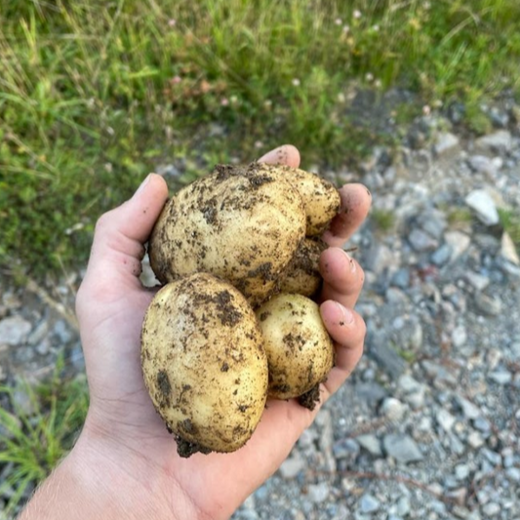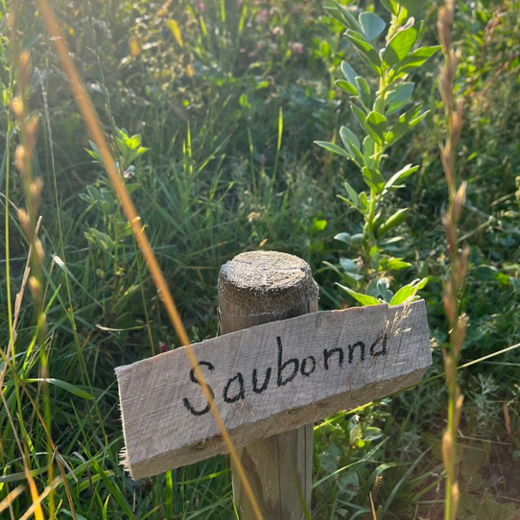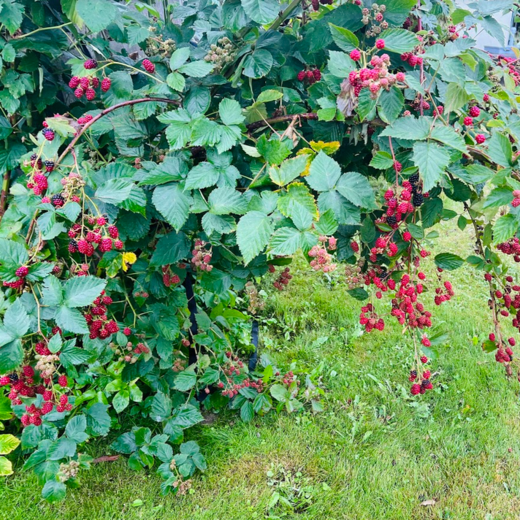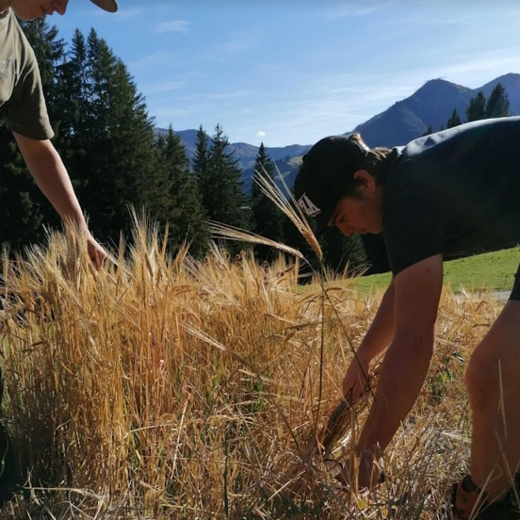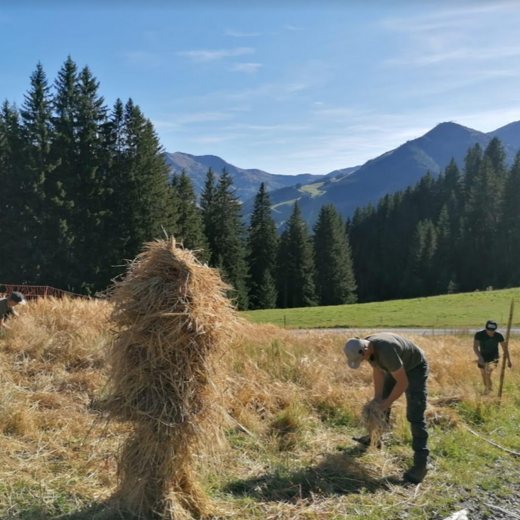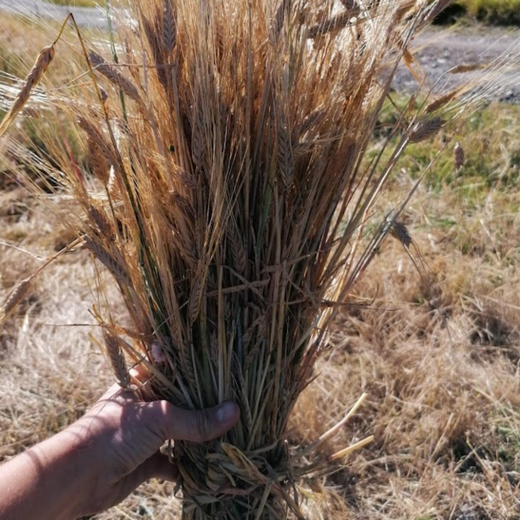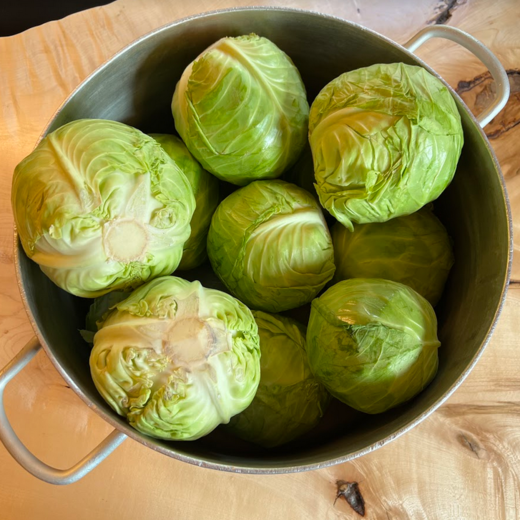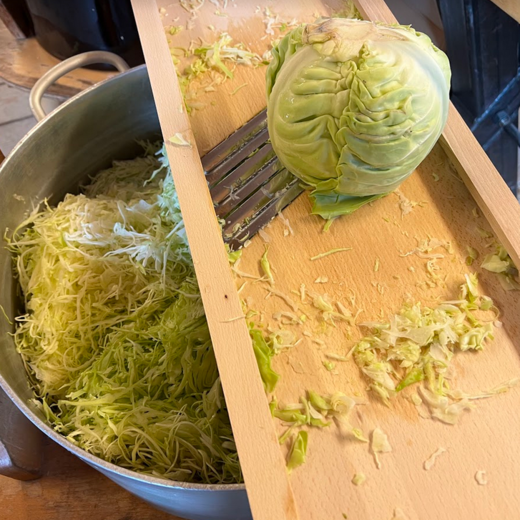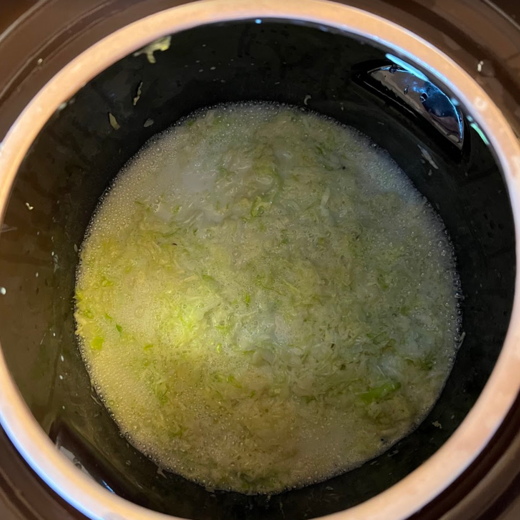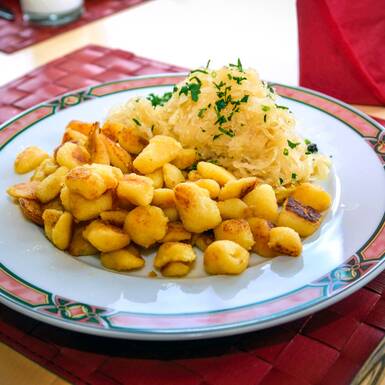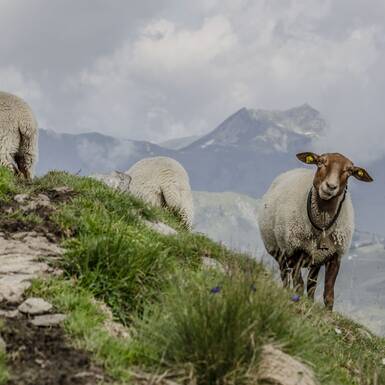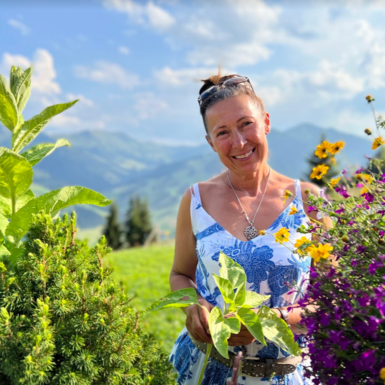- Traditions
- Cuisine
Farmhouse Gardens through the Ages
Around 10,000 years ago, humans started to transition out of their nomadic lifestyle, began to settle and started to farm and raise livestock. In contrast to before, humans started to shape their own environments to their needs as opposed to living ‘wild’. Over time, houses and barns were built which then developed into farms which grew to become settlements and villages. Due to the harsh climate and comparatively poor soils, it took a long while for this to happen in the Glemmtal valley. Even though Kelts and later Romans settled in the area between 400 and 15 BC, the area that is now home to Saalbach Hinterglemm and Viehhofen remained unpopulated. Archeological findings suggest that it wasn’t until the 8th century that humans began settling in the valley. This time saw the construction of the first farms which continuously grew larger over time. The advantages of growing your own crops and fruits were hard to ignore, so farmhouse gardens have been a part of the valley’s landscape ever since humans settled here.
Back in the day, a good harvest was essential to ensure survival through the long winter. Next to sowing, taking care of and harvesting the crops, the art of conserving was key. Fruits were boiled and steeped, vegetables conserved with a variety of methods and Sauerkraut was produced in large pots. Sauerkraut was considered as an especially valuable source of Vitamin C and other nutrients during the long, cold winters. Fast-forward to modern times and homegrown products are still en vogue but harder to find. Society has changed drastically – back in the day, housewives were busy taking care of the small livestock in the barn as well as the garden. Thanks to modern societies workings, it’s hard to commit time to such an intensive labor, though. However, some of the traditional farmhouse gardens in the Glemmtal valley have survived and can be still seen today. And then there’s a recent trend – the increased awareness surrounding healthy lifestyles and a demand for high-quality food has created new opportunities for farmers. Young farmers have already started to produce their own cheese, others grow radishes on their balconies and others have started ambitious projects like cultivating grain on high mountain pastures.
Traditional farmhouse gardens
As recently as the 1960s, every house still had its own garden in which different fruits and vegetables were grown and which fed the whole family. Properly taking care of these gardens takes time and care, though. To support a family of four comfortably, the garden needed a size of about 400sqm.
These are some the vegetables that featured in most gardens:
- Potatoes
- Beans
- Peas
- Carrots
- Salad
- Cucumbers
- A variety of different cabbages
- Spices for medicinal and culinary purposes (like chamomile , mint, marigold, summer savory and more)
- Fruit trees including apple, plum, pear and quince trees
- And much more depending on the region and season
The garden and individual beds were usually square or rectangular with small paths in between for easier access. Fencing and/or rows of hedges mostly served to keep small and large animals like chicken and wild animals away.
Forging new agricultural paths– Alpine-Barely at 1.400m of elevation
Back in the day when fruit and vegetables were grown in one’s own garden, people didn’t really spend much time thinking about the origin of their food. In modern times, the opposite is true, and people are increasingly conscious of where and how their food is produced. The trend towards conscious nutrition and sustainability has opened the door for new approaches and ideas like the “Alpenmüsli” with barely that’s been grown at an elevation of 1.4000m on the sunny side of the Glemmtal valley. The school project of Markus, Paul, Markus and Tobias provokes thought and presents new opportunities. And it tastes great as well.
Growing fruit and vegetables in the Glemmtal valley is a challenging endeavor. The harsh climate and comparatively poor soil mean that the yields are less productive than in neighboring, lower regions which have more space and friendlier growing conditions. Despite that, the four young guys decided to give growing their own barely and producing their own „Pinzgauer Alpenmüsli“ a shot last spring. The location for their organic barely was soon found and they got to work figuring everything out.
After they identified a suitable 180sqm piece of land, they went to work plowing the field with a tractor and preparing it for the seeds. In the next step, they sowed the field by hand and fenced everything in. Now, it was time to wait. The barely was exposed to varying temperatures as well as wind and weather all summer but despite the tough environment, the plants produced a good yield. Harvesting was done by hand with sickles before the barely was threshed.
Mixed with organic oats and spelt from the Lower Austrian Waldviertel region as well as honey from a local beekeeper and dried fruits from their own garden, the result of the guys’ hard work was ready for its first tasting in October. The focus of the entire project was on producing as locally as possible and the success proved them right – the muesli was sold-out in record time.
Local projects like these undertaken by a younger generation point towards how sustainable and local agriculture could look like in the future and are well received on all levels. Following the principle of ideal crop rotation, the field was planted with potatoes the following year.
Recipe – Home-made Sauerkraut
Those who suddenly grew hungry and motivated to create something of their own following traditional methods can try themselves at making home-made Sauerkraut. We’ve planted the cabbage next to the potato field but organic cabbage from the local store will do as well.
And this is how it’s done:
- You need a stone sauerkraut pot, some white cabbage heads (amount depending on the size of the pot) and non-iodized salt.
- Clean and dry the stone pot diligently. Remove the outer leaves of the cabbage and put them aside for later. Quarter the cabbage, remove the stalk and grate the cabbage as finely as possible.
- Mix the grated cabbage with a hundredth of salt (e.g., 20g of salt for 2kg of cabbage), place a handful in the pot and mix everything together. Kneading the cabbage yields a liquid that should cover everything. Repeat this process until the pot is three-quarters full. Press everything together well to prevent mold from forming. Leave the pot to rest for 45 minutes so that the liquid can settle properly.
- Now cover your creation with the cabbage leaves set aside earlier and weigh it down evenly with some weights (to ensure everything is covered by the juice). Now it’s time to fill the rim of the pot with water and put the lid on top. Leave the cabbage to rest at room temperature for five days. Do not open the lid while you wait.
- After 5 days, place the pot in your fridge or basement (at 6–12 °C) and leave it to rest for 8 to 9 weeks. Re-fill the water in the brim of the pot occasionally.
Homemade Sauerkraut pairs well with homemade Bauernkrapfen and other Pinzgauer foods like the Freitagsniedei. Enjoy!

